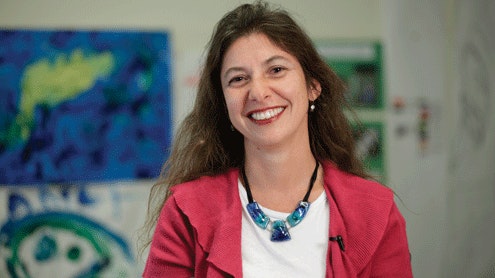Homepage
•
Learning Library
•
Blog
•
Interview: Marina Umaschi Bers on teaching children to code
Expand breadcrumbs
Expand breadcrumbs
- Learning Library
- Blog
- Interview: Marina Umaschi Bers on teaching children to code
- Homepage
- •
- Learning Library
- •
- Blog
- •
- Interview: Marina Umaschi Bers on teaching children to code
Interview: Marina Umaschi Bers on teaching children to code
By Julie Phillips Randles
December 24, 2019








